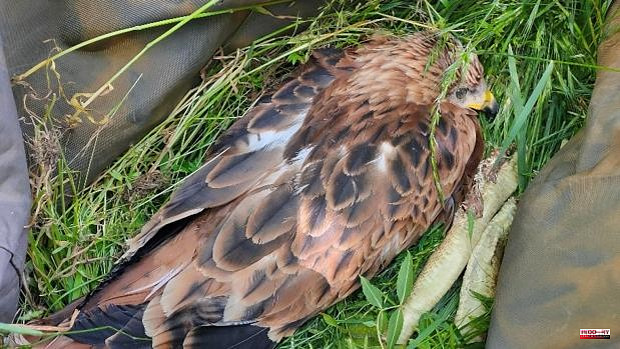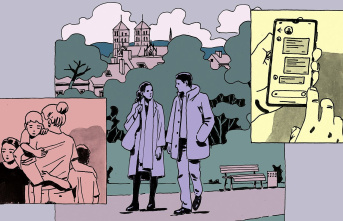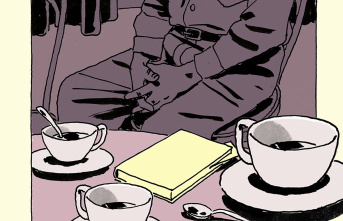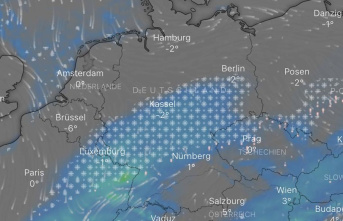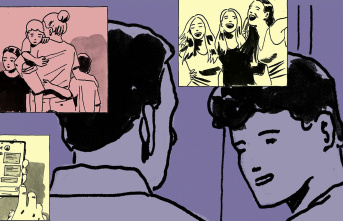Environmental agents of the Junta de Castilla y León in the region of Navafría (Segovia) have located a red kite chick that had fallen from the nest, while carrying out the routine service of census and monitoring of protected species. They observed that one of the monitored nests was empty, and after searching and locating the chick on the ground, they verified that its condition was healthy, so they proceeded to return it to the top of the tree where the nest was.
The Territorial Environment Service of Segovia had mobilized two members of the Group of Interventions in Height for the conservation of protected species (GRIAS) to return the hatchling to its nest. They climbed to the top of the tree and managed to deposit the chicken.
The intervention of the GRIA is requested to act in places of difficult access and normally with protected fauna. One of its main tasks is to reach nesting platforms, both in trees and on rocks, using progression techniques based on mixed techniques of work at height and climbing, since it is a specific modality that combines these two disciplines, in addition to having knowledge of management and manipulation of fauna.
One of the usual services of environmental agents is the elaboration of reproductive censuses of protected species. This task consists mainly of locating, observing and monitoring the territories occupied by the target species. For this, the agents use materials such as binoculars or ground-based telescopes that allow them to view and obtain data from a distance without incurring in inconvenience or interfering with the phenological cycle of each species.
To obtain the results of reproductive success, a schedule of visits is scheduled to the areas occupied by these species, where some are classified as in danger of extinction.
These types of interventions, based on the daily monitoring of environmental agents, have a high conservation value, because they allow, as in the case of this red kite chicken - a species that is listed as endangered - to protect a species so that in the future it can develop and increase its populations.

